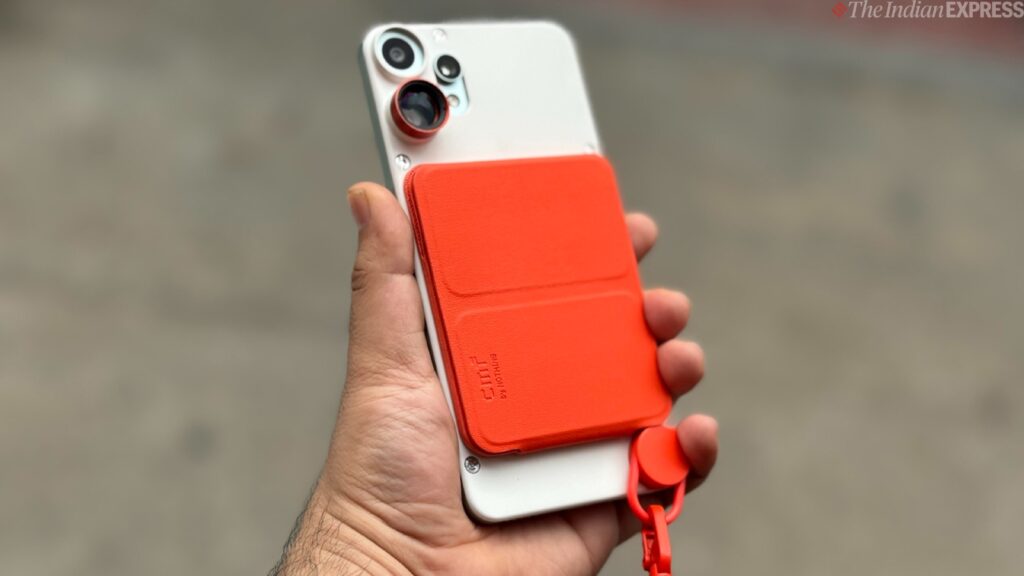When I began my career as a tech journalist, smartphones were still a new concept for the average Indian, and their mainstream adoption was years away. Over a decade later, they are everywhere. But now, a dullness has crept in, and I don’t feel as excited as I did a few years ago when I saw a new smartphone. Ask any tech journalist, and they will tell you the same. Anxiety kicks in as soon as I have a new smartphone to review, and somewhere in the back of my mind, I find myself thinking: What’s there to write?
Although I have drastically reduced the number of phones I review these days, I have largely lost hope that established brands will make meaningful or drastic changes to modern smartphones. However, a newer brand like Nothing is attempting to make phones fun again—at least, that’s what they are promising based on my interaction with the executives at the London-based company co-founded by OnePlus fame Carl Pei and the devices I have reviewed so far.
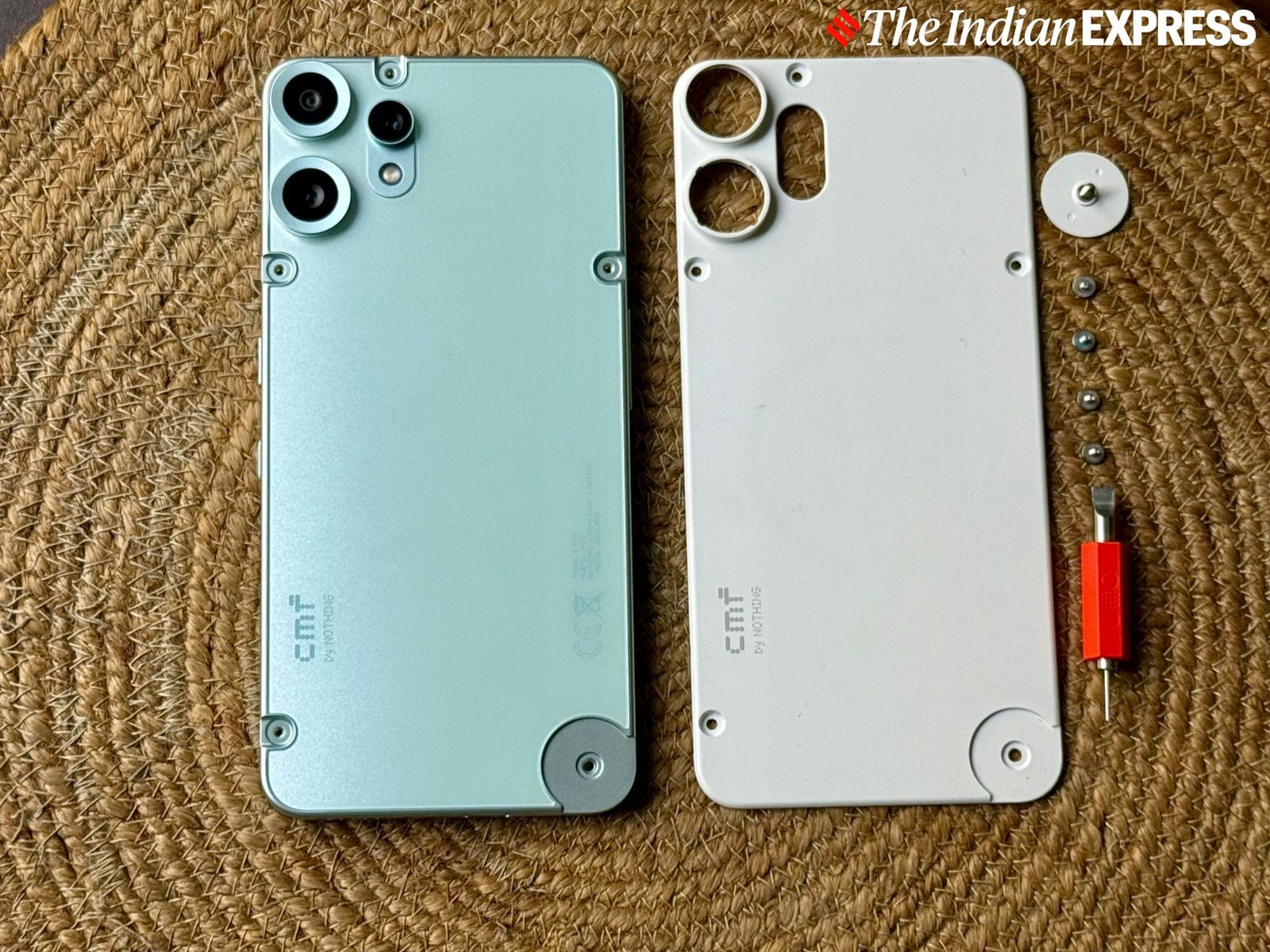 The CMF Phone 2 Pro is a different type of budget smartphone. (Image credit: Anuj Bhatia/Indian Express)
The CMF Phone 2 Pro is a different type of budget smartphone. (Image credit: Anuj Bhatia/Indian Express)
Last year, I tried the CMF Phone 1 (review)—the first phone launched under Nothing’s sub-brand—and was impressed by its clever design and semi-modular elements, which made it the best budget phone of the year. Now, Nothing is once again attempting to create a different kind of budget phone—this time with a sequel: the CMF Phone 2 Pro.
While it’s not exactly competing with high-end smartphones, Nothing is trying to recapture the modularity and accessible pricing that made the CMF Phone 1 stand out, while also adding a touch of novelty—or perhaps both—to its successor by once again exploring the fun side of using a smartphone.
After spending some time with the CMF Phone 2 Pro (starts at Rs 16,999), I can’t help but wonder: can Nothing continue to experiment with hardware and software to maximise the fun at a time when innovation in smartphones is becoming a rare sight, and making bold, creative choices is no longer as easy—or as viable—as it once was? Nothing is still a relatively new brand, and perhaps that gives it the freedom to take risks with its products—much like Apple once did. But as the company grows, I can’t predict the path it will take.

What I can tell you, however, is how I felt after using the CMF Phone 2 Pro.
Making modularity mainstream but with lesser ambitions
I remember modularity being a trend in the early 2010s, with several phone brands showing interest in exploring the concept. Some, like Motorola and LG, went ahead with it, while others—like Google’s Project Ara—ended up in the graveyard of failed ideas. Modularity in smartphones was complex, challenging, and ultimately too ambitious, which is why it never caught on. Now, after so many years, Nothing is once again attempting to bring modularity to smartphones—but with a different approach. It’s a scaled-down version, at least from what I have experienced. The CMF Phone 2 Pro carries forward the modularity concept introduced with the CMF Phone 1, but within more confined boundaries.
Story continues below this ad
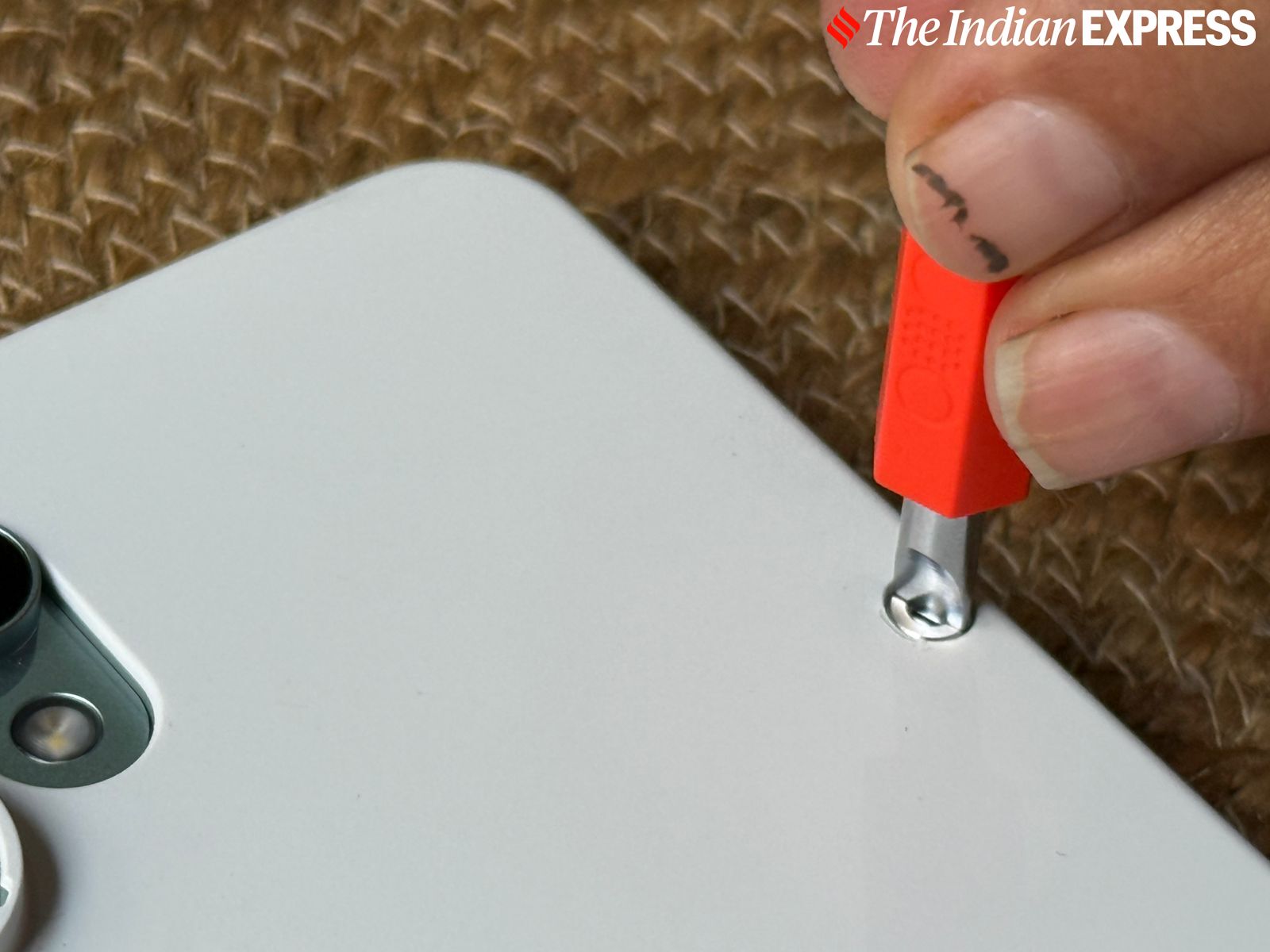 Use the included screwdriver to pop off the screws and you can attach an external cover. (Image credit: Anuj Bhatia/Indian Express)
Use the included screwdriver to pop off the screws and you can attach an external cover. (Image credit: Anuj Bhatia/Indian Express)
The idea of add-on accessories is still alive (and kicking), though Nothing has tweaked the execution. On the previous version of the CMF Phone, if you recall—or not, no worries—it was possible to remove the backplate and attach accessories after manually unscrewing four screws with a provided screwdriver. That option is no longer available. Instead, accessories now attach to a screw-on case that fits over the back of the phone. Once the case is on, you can connect accessories like a kickstand–card wallet combo, a bright orange lanyard, or a pair of swappable camera lenses. You still need to remove four screws yourself using a screwdriver, though. I have loved fiddling with hardware since childhood, and this experience feels both nostalgic and satisfying. To me, it’s like the simple pleasure of building a LEGO toy from scratch—even if just for a few moments—as you add and remove accessories.
I am not entirely sure what made Nothing change its approach from the Phone 1, but I suspect it could be due to the newly added IP54 water resistance (an upgrade from the IP52 rating on the original CMF phone). However, even with the concept of an external backplate with built-in magnets, I didn’t see any drastically new accessories. The current ones are fine—like the lanyard, which was also available with the CMF Phone 1 (review). Then there’s the magnetic wallet/kickstand combo accessory that attaches to the back of the phone.
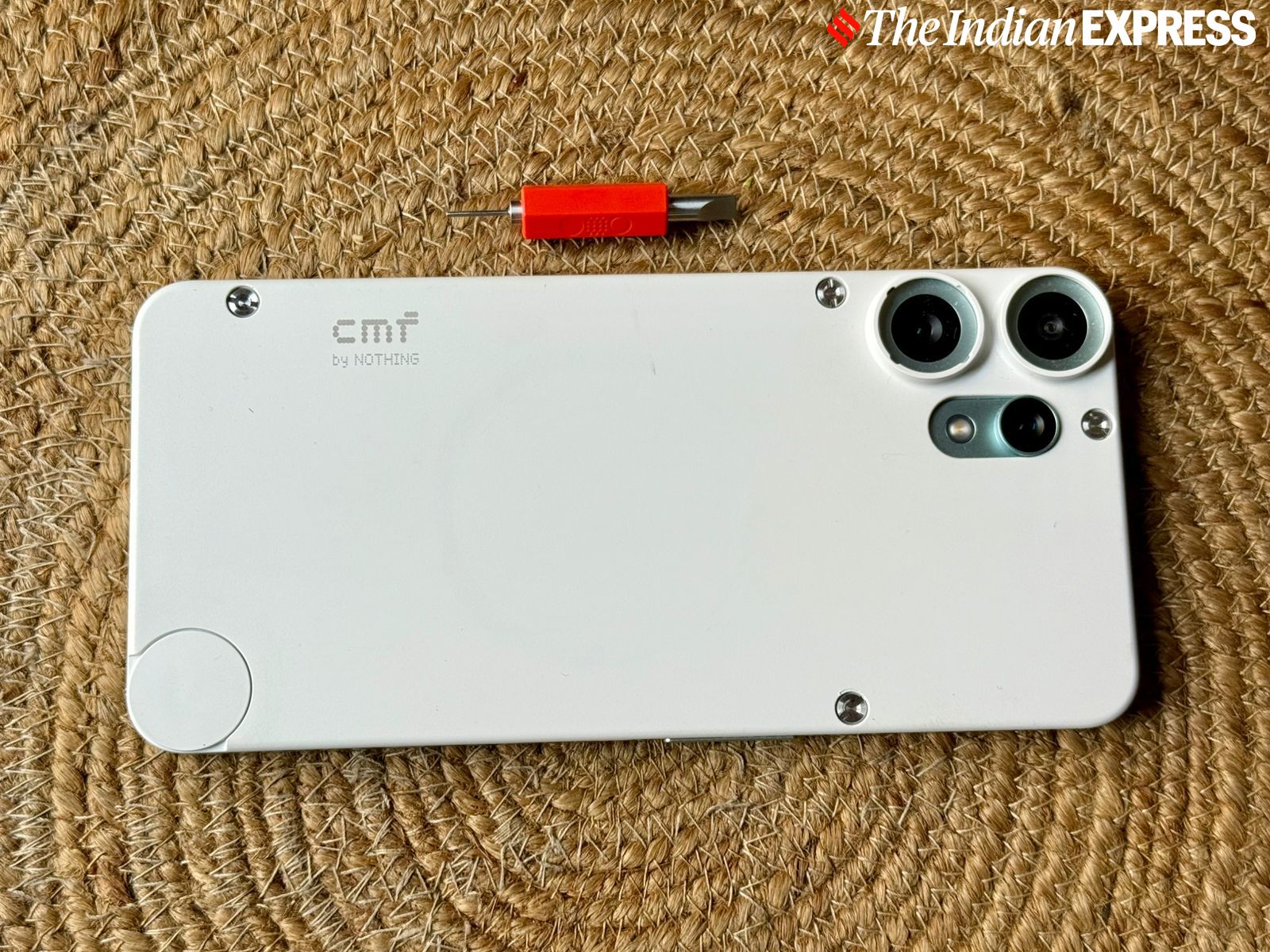 The CMF Phone 2 Pro is a DIY smartphone. (Image credit: Anuj Bhatia/Indian Express)
The CMF Phone 2 Pro is a DIY smartphone. (Image credit: Anuj Bhatia/Indian Express)
For me, the most exciting new additions are the two camera lenses. With the backplate attached, you can snap on either a fisheye or macro lens to the main camera. Just click them into the plastic ring around the main lens, and you are good to go. These lenses let you capture ultra-wide-angle shots or extreme close-ups.
 The Macro lens requires you to get closer to the subject. (Image credit: Anuj Bhatia/Indian Express)
The Macro lens requires you to get closer to the subject. (Image credit: Anuj Bhatia/Indian Express)I took several photos, and the results were satisfactory. Macro lenses on budget smartphones are typically underwhelming, so it’s impressive to see Nothing finding a way to let users experience macro photography on a more affordable device. These lenses add new capabilities to the camera system, bringing a refreshing sense of versatility. However, I do wish Nothing had figured out a better way to carry or store the lenses—perhaps a pouch or some other solution—as they can be easily lost. That said, the concept of external lenses isn’t entirely new; you can easily find 3-in-1 mobile camera lens kits online.
Story continues below this ad
The big question mark is that none of the accessories launched alongside the CMF Phone 1 work with the CMF Phone 2 Pro—except for the lanyard. The commonality between the two phones is the Accessory Point, a removable circular section on the bottom-right corner edge of the phone that can be used to attach accessories like the lanyard. It’s a bit of a letdown because Nothing isn’t creating a true modular accessory system—which is exactly what’s needed to build a modular smartphone. Another concern is that Nothing hasn’t introduced any new accessories since the launch of the CMF Phone 1, which makes me wonder whether the brand plans to release a new set of accessories for the CMF Phone 2 Pro.
I am not questioning the intent or criticising the current execution, but there needs to be consistency if Nothing truly wants to build a modular ecosystem and the platform to support it.
Nails the basics
One look at the CMF Phone 2 Pro, and you’ll instantly know this isn’t your typical budget phone. Nothing has distinguished its devices with a unique translucent design language—the latest examples being the Phone 3a and 3a Pro—and that design philosophy continues with the CMF Phone 2 Pro. However, unlike the Phone 3a, this budget smartphone features a glass-like frosted texture on the back (my review unit came in a lighter shade of green) paired with a metal frame. There are other colour options available as well, with the orange variant standing out as very summer(y) and vibrant.
The phone is impressively thin at 7.8mm—though that’s without the backplate. It’s also designed to be more durable, with an IP54 rating that offers some protection against water. The physical buttons on the side are well-positioned with good spacing between them.
Story continues below this ad
New to this phone is Nothing’s Essential Key, which recently debuted on the Phone (3a) series. It activates Essential Space, an app that functions as a combination of a dictaphone and a note-taking tool. A short press captures a screenshot and lets you add a text note to it, while a long press allows you to record voice notes. All of this data is saved in Nothing’s Essential Space app, and over time, the brand will add additional features and AI-powered optimisation. I like Nothing’s AI implementation on a smartphone; it’s practical and not in-your-face like others.
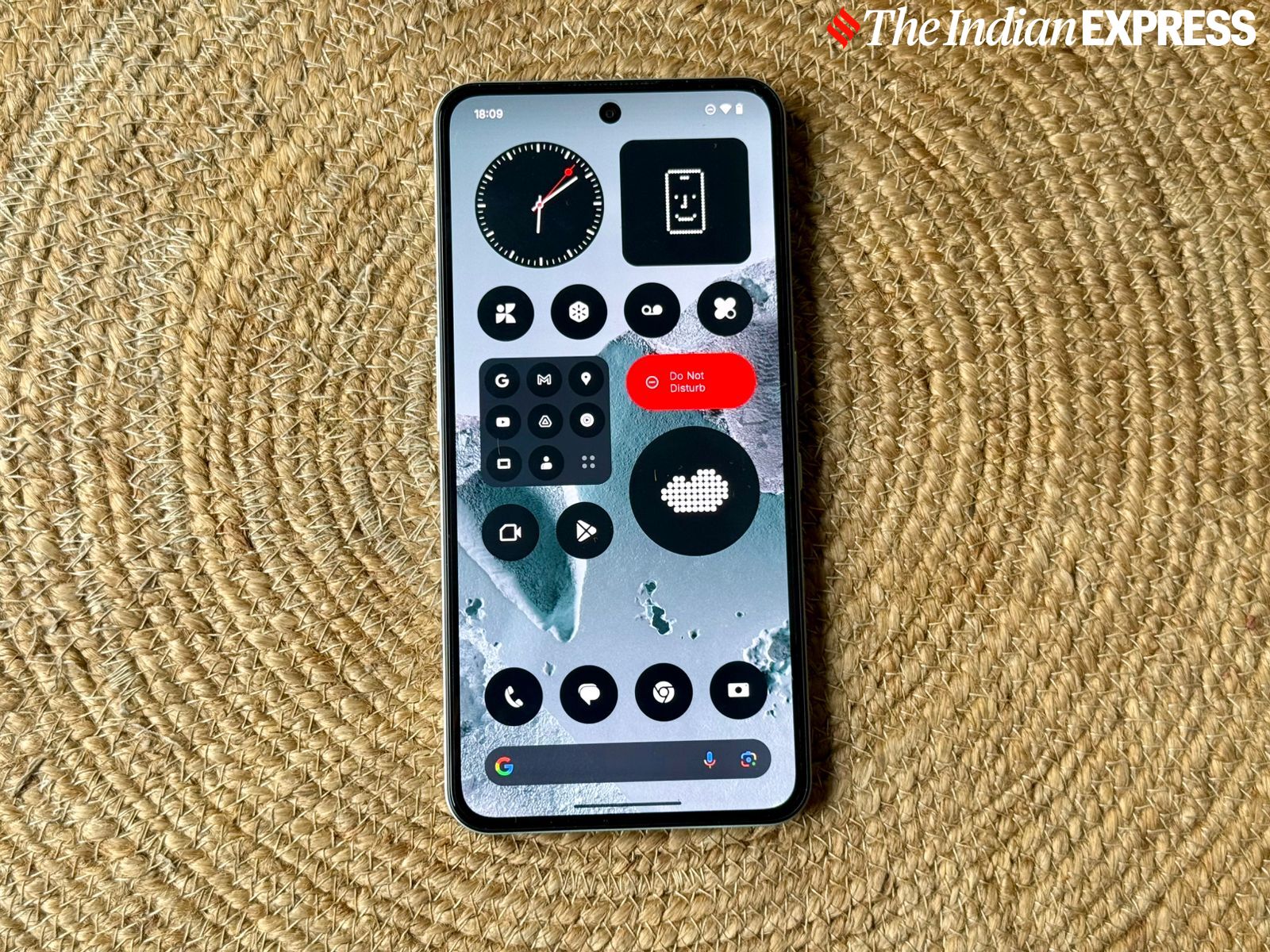 Geeks will love the NothingOS and the user interface. (Image credit: Anuj Bhatia/Indian Express)
Geeks will love the NothingOS and the user interface. (Image credit: Anuj Bhatia/Indian Express)
From the front, the phone features a 6.77-inch AMOLED display with support for up to a 120Hz refresh rate. This isn’t a fancy LTPO panel capable of dropping down to 1Hz, but Nothing does give you the option to choose between fixed 60Hz, 120Hz, or a dynamic setting. The display is pin-sharp and bright, and even under Delhi’s bright sunlight.
The performance of the phone is surprisingly impressive, thanks to the MediaTek Dimensity 7300 Pro 5G chipset paired with 8GB of RAM and 256GB of storage (expandable via a microSD card slot). There’s more than enough power here for most everyday users. The device performs on par with other budget and mid-range phones, and I didn’t experience any issues when switching between apps or playing games like Alto’s Adventure. Most phones in this price range usually start to hang after a week, but the CMF Phone 2 Pro doesn’t feel sluggish at all.
In terms of software updates, Nothing promises three years of OS upgrades and six years of security updates for the CMF Phone 2 Pro. That’s not bad, considering the price of this phone. It ships with Android 15, with Nothing OS layered on top. I am a big fan of Nothing’s take on Android; it’s mostly free of bloatware, features gorgeous widgets, and offers an interesting monochrome home screen. The user interface will likely be appreciated by geeks, nerds, and anyone with a penchant for vintage tech, especially fans of ’90s computers like myself.
Story continues below this ad
Battery life is excellent. The 5,000mAh battery easily lasted a full day with heavy usage. I wouldn’t be surprised if it stretched to a second day on a single charge. Unfortunately, there’s no wireless charging, though the phone does come with a power brick included in the box, a rarity to find these days.
The CMF Phone 2 Pro features a triple-camera system, including a 50-megapixel main camera, a 50-megapixel telephoto camera with 2x optical zoom, and an 8-megapixel ultrawide lens. On the front, there’s a 16-megapixel selfie camera. While some of the advanced features and photographic capabilities found on more expensive iPhones and Android smartphones are missing, the camera still delivers strong results in both stills and video. It’s also great to see a proper telephoto lens on a budget phone like this.
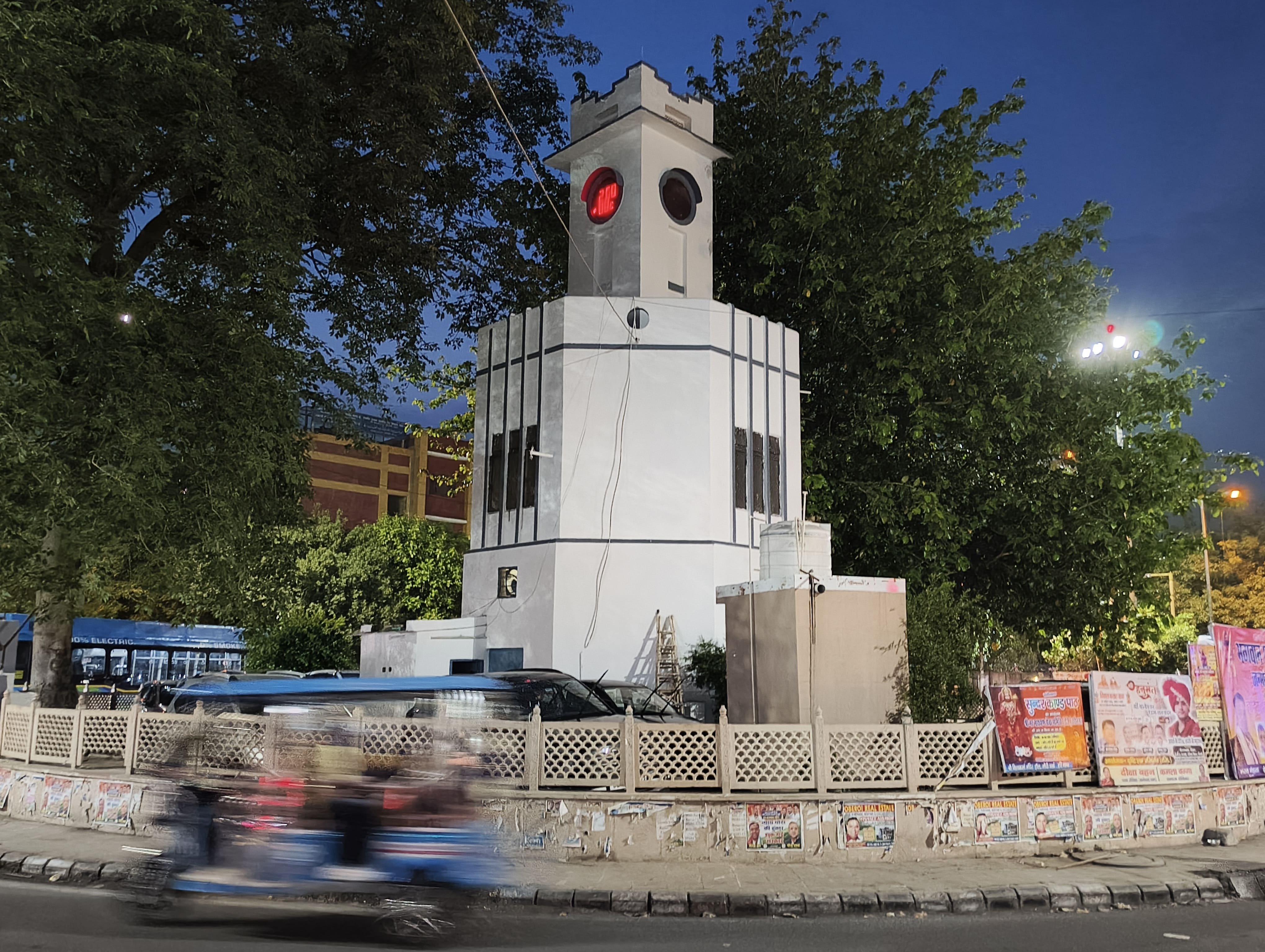 CMF Phone 2 Pro camera sample. (Image resized for web)
CMF Phone 2 Pro camera sample. (Image resized for web)
 CMF Phone 2 Pro camera sample. (Image resized for web)
CMF Phone 2 Pro camera sample. (Image resized for web)
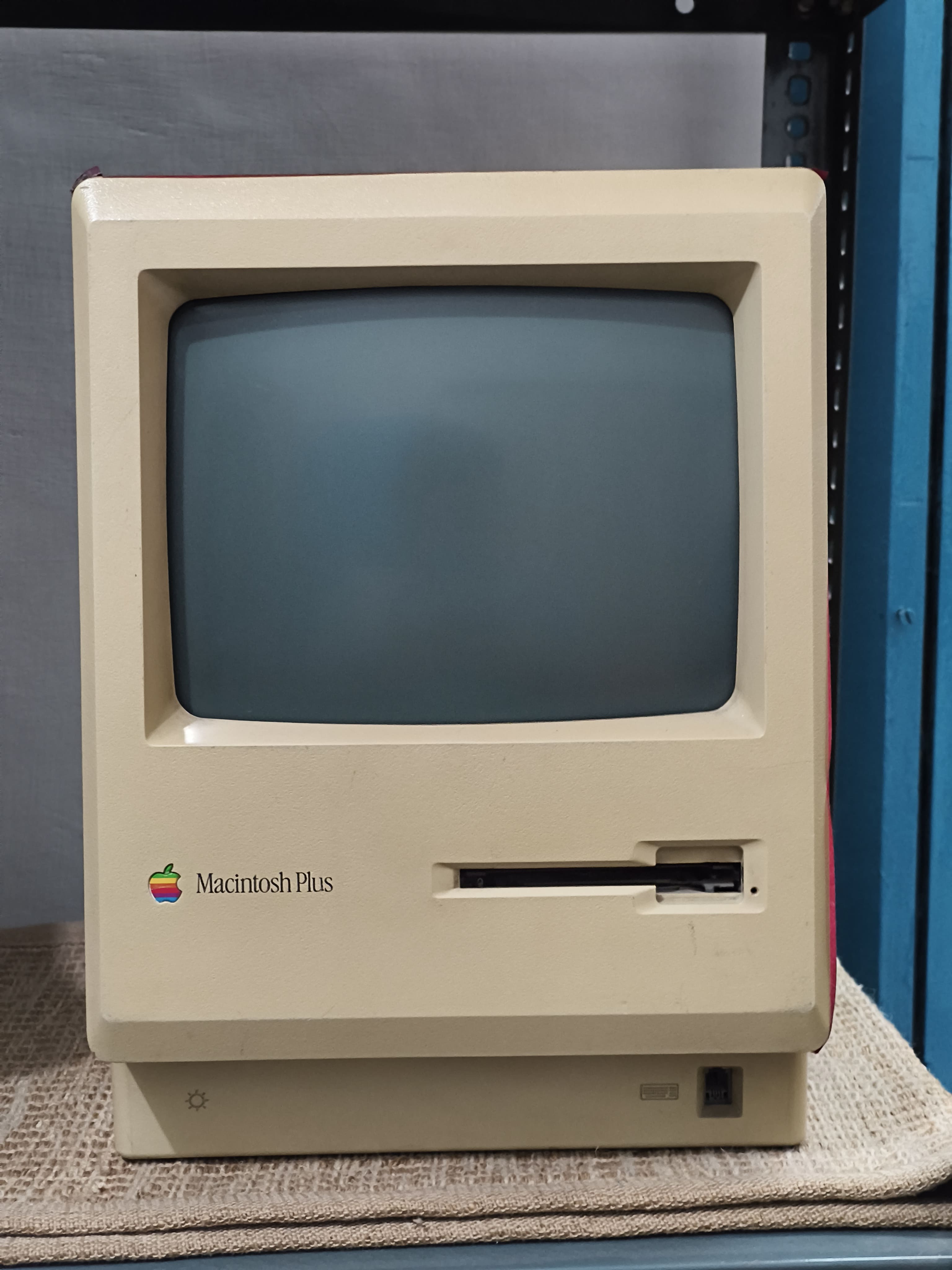 CMF Phone 2 Pro camera sample. (Image resized for web)
CMF Phone 2 Pro camera sample. (Image resized for web)
 CMF Phone 2 Pro camera sample. (Image resized for web)
CMF Phone 2 Pro camera sample. (Image resized for web)
A budget phone with a difference
There’s something different about the CMF Phone 2 Pro in a sea of smartphones. I love the philosophy behind this device. It’s truly unique, and you can’t find anything quite like it elsewhere. It’s very old-school, retro-chic, yet designed for modern consumers. Maybe the CMF Phone 2 Pro isn’t particularly powerful or premium-feeling, but the way Nothing is positioning it—and the overall package—makes it a strong selling point in itself. I think that’s because Nothing seems to understand that smartphones have become boring and predictable, and that the sense of playfulness has long been lost.
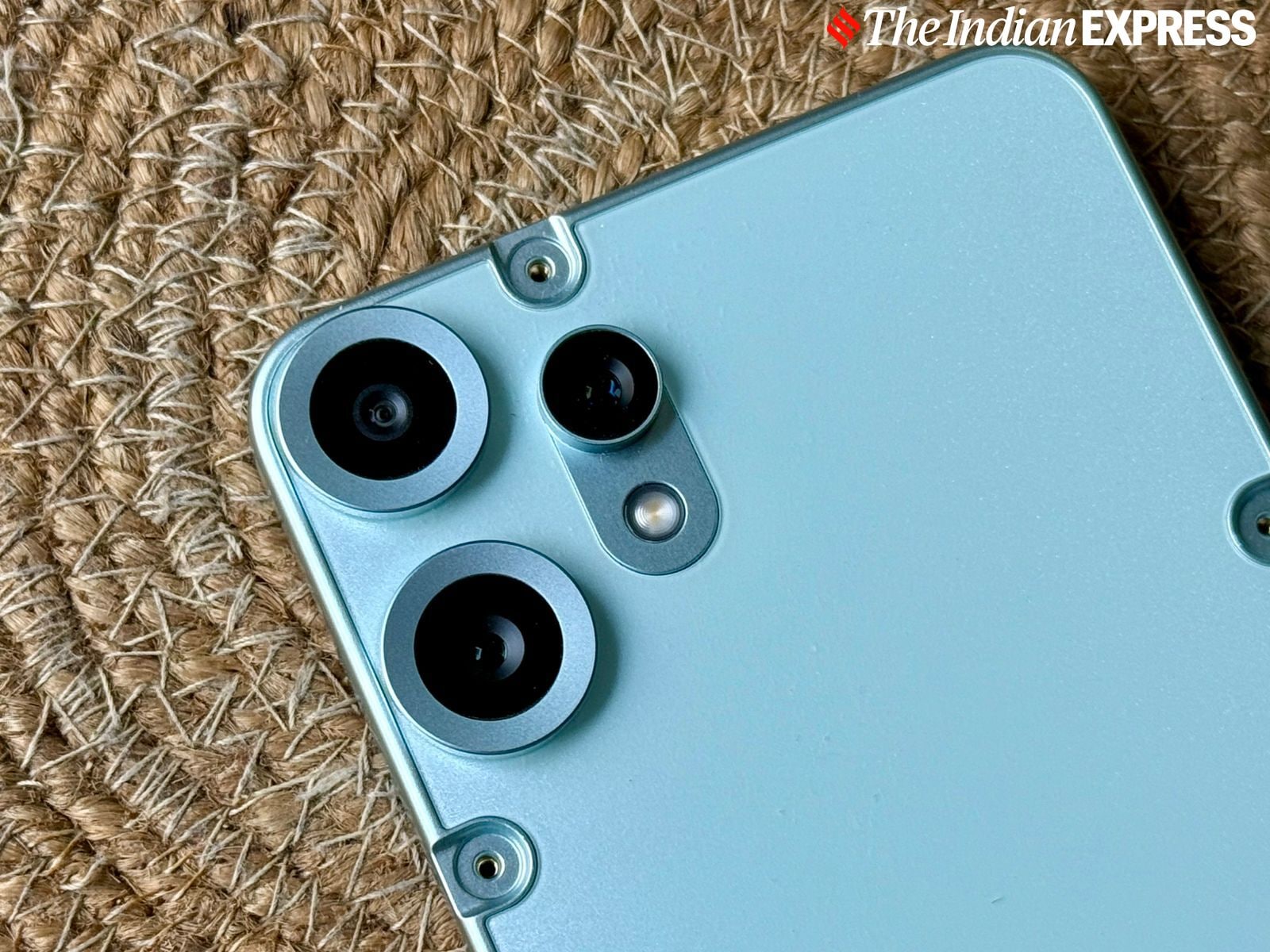 The CMF Phone 2 Pro has got a triple rear camera system. (Image credit: Anuj Bhatia/Indian Express)
The CMF Phone 2 Pro has got a triple rear camera system. (Image credit: Anuj Bhatia/Indian Express)
All said and done, I can see that the spirit of creative experimentation is still alive. Am I excited about modular smartphones? Absolutely—100 percent yes. As silly as it may sound, I would love to see someone step in and create some wacky accessories for the CMF Phone 2 Pro—something that could attach to the phone and offer useful features for specific situations.
Story continues below this ad
A sincere request to Nothing: build a true modular ecosystem and continue launching new accessories for the CMF Phone 2 Pro. Only then will consumers gain confidence in a device like this. Otherwise, the CMF Phone 2 Pro may remain niche to the average smartphone user.

